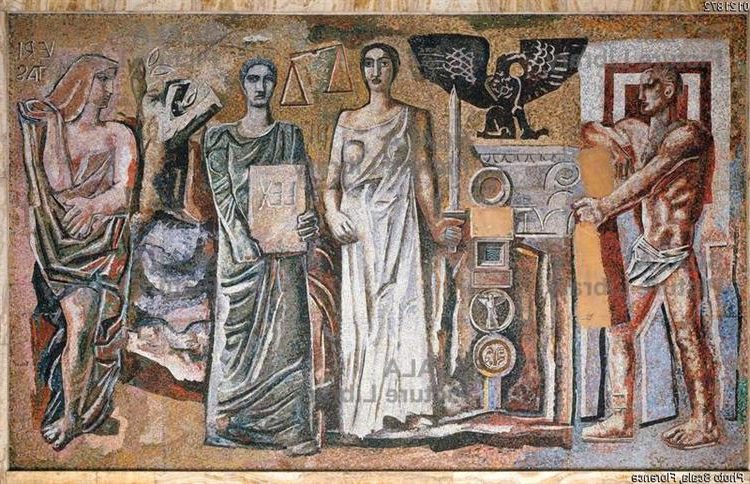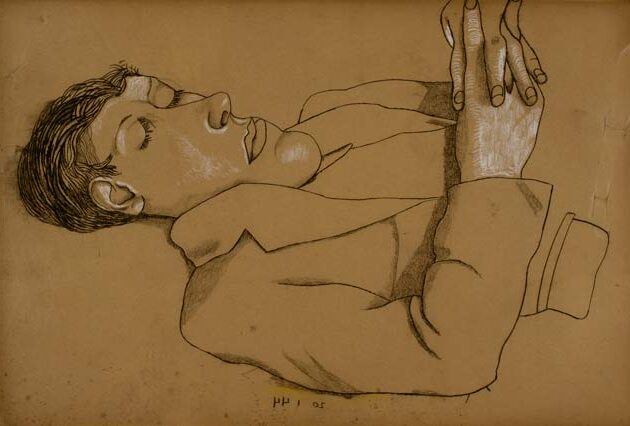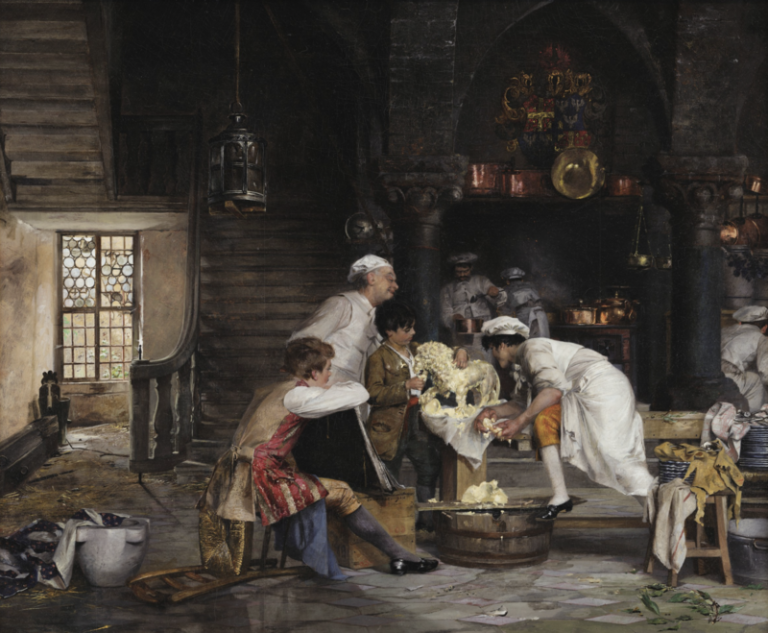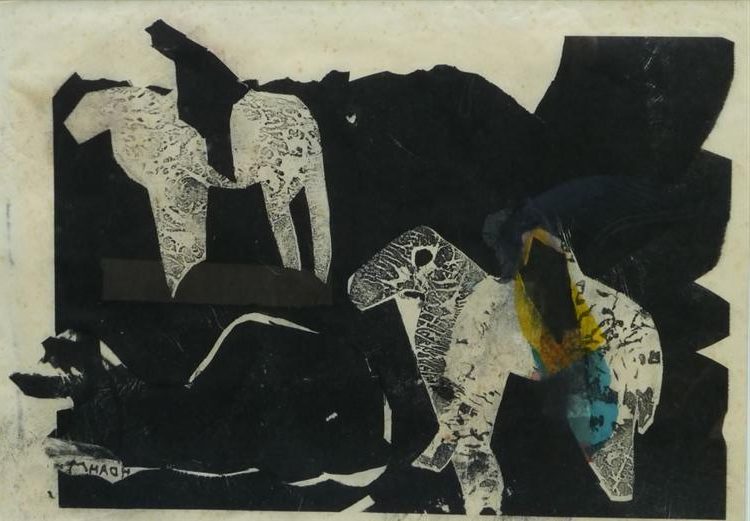Mario Sironi Painter: A Key Figure in Italian Futurism
Born: 12 May 1885, Sassari, Italy
Death: 13 August 1961, Milan, Italy
Art Movement: Futurism, Metaphysical art
Nationality: Italian
Teacher: Giacomo Balla
Institution: Scuola Libera del Nudo at the Accademia di Belle Arti di Roma
Mario Sironi Painter: A Key Figure in Italian Modernism
Life and Career of Mario Sironi
Mario Sironi was a prominent Italian artist. He lived from 1885 to 1961. His work spanned many artistic movements and styles over several decades.
Early Years and Education
Mario Sironi was born in Sassari, Sardinia in 1885. His family moved to Rome in 1886, where he spent his early years. Sironi’s father worked as an engineer, which may have influenced his later architectural works.
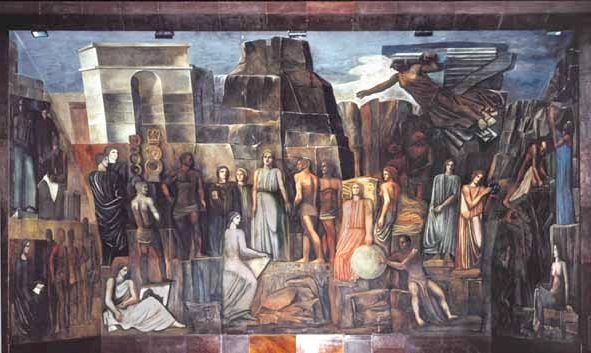
Italy in the Arts (L’Italia tra le Arti) by Mario Sironi
As a young man, Sironi studied at the University of Rome. He enrolled in engineering classes but soon switched to art.
He decided to focus on painting and joined the Scuola Libera del Nudo at the Accademia di Belle Arti di Roma, where he met Giacomo Balla, whom he considered “his first real teacher”.
In Rome, Sironi met other young artists who would shape his career. He became friends with Umberto Boccioni and Gino Severini in Giacomo Balla’s studio.
Association with Umberto Boccioni and Futurism
Sironi’s friendship with Boccioni led him to join the Futurist movement in 1914. Futurism celebrated speed, technology, and modern urban life.
As a Futurist, Sironi painted bold, fragmented cityscapes. He used strong colors and sharp angles in his work. His style matched the movement’s focus on energy and motion.
Sironi took part in Futurist exhibitions and signed their manifestos. But he never fully embraced the group’s love of machines and progress.
Transition to Metaphysical Painting and Novecento Movement
After World War I, Sironi’s art changed. He moved away from Futurism toward a more classical style. His paintings became simpler and more solid.

Composizione or Composizione e figure (1957) by Mario Sironi
In the 1920s, Sironi helped start the Novecento Italiano movement. This group wanted to bring back order and tradition to Italian art. Sironi’s work from this time shows strong, blocky figures and muted colors.
He also began to explore metaphysical painting. This style used strange juxtapositions to create dreamlike scenes.
Political Involvement and Art During Fascism
Sironi became a strong supporter of Fascism in the 1920s. He saw it as a way to restore Italy’s past glory. His art reflected these beliefs.
Under Mussolini’s rule, Sironi created large murals and mosaics. These works often showed scenes of Italian power and industry. He also designed graphics for Fascist magazines and events.
Sironi’s most famous works from this time are his massive public murals. These pieces combined modern and classical styles to glorify the Fascist state.
Later Years and Legacy
After World War II, Sironi faced criticism for his Fascist ties. He retreated from public life and fell into depression. His later works became dark and introspective.
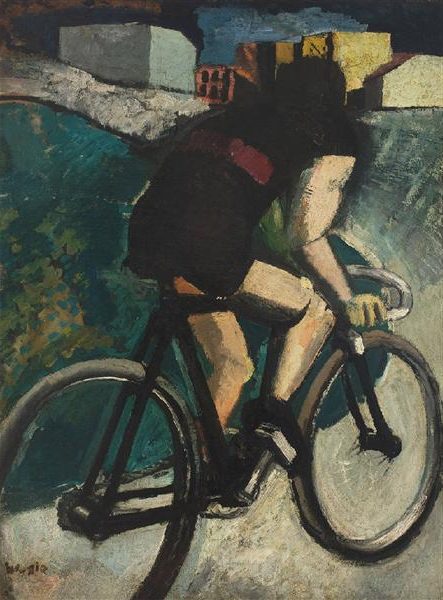

Despite this, Sironi continued to paint until his death in 1961. His final pieces show a return to earlier themes but with a more somber tone.
Today, art historians recognize Sironi’s impact on 20th-century Italian art. His work spans many styles and movements. He left a complex legacy as both an innovative artist and a supporter of a failed political system.
Artistic Style and Influences
Mario Sironi’s artistic journey spanned several influential movements in 20th-century Italian art. His style evolved from early experiments with Divisionism to later embrace Futurism, Metaphysical painting, and the ideals of the Novecento movement.
Evolution from Divisionism to Futurism
Sironi began his career working in a Divisionist style, using small brushstrokes of pure color. He soon shifted towards Futurism, joining the movement in 1914. This change brought dynamic energy to his work.
Sironi’s Futurist paintings often featured urban scenes with cyclists and motorcyclists. His piece “Composizione Futurista” showcased the movement’s focus on speed and modernity. He worked alongside other key Futurists like Giacomo Balla and Gino Severini.
The artist’s time with the Lombard Volunteer Cyclists and Drivers during World War I influenced his Futurist works. These experiences shaped his portrayal of mechanical subjects and urban landscapes.
Embracing Metaphysical Art and the Novecento Ideals
After World War I, Sironi’s style changed again. He explored Metaphysical painting, inspired by Giorgio de Chirico and Carlo Carrà. This phase introduced dreamlike elements and mysterious mannequin figures into his work.


Sironi’s painting “La Lampada” shows the influence of Metaphysical art. It features stark geometry and an eerie atmosphere typical of the style.
In the 1920s, Sironi helped found the Novecento Italiano movement. This group sought a return to order in art. Sironi’s work from this period shows a mix of classical forms and modern themes.
Contributions to Modernist and Fascist Aesthetics
Sironi’s later work blended modernist ideas with a stripped-down classicism. His paintings became more somber, with massive, static forms. This style aligned with Fascist ideals of strength and order.
The artist created both easel paintings and large-scale murals. His mural work was particularly important to Fascist public art programs. Sironi believed that art should serve a social purpose.
His style in this period used simplified forms and muted colors. Works like “Solitudine” show isolated figures in stark urban settings. This approach influenced other Italian modernist artists of the time.
Impact and Legacy
Mario Sironi left a lasting mark on Italian art and architecture. His work shaped modernist trends and influenced many artists who came after him.
Influence on Italian Art and Architecture
Sironi’s art had a big impact on Italian painting and building design. He helped start the Novecento Italiano movement, which wanted to bring back order in art after World War I. His style mixed old and new ideas.
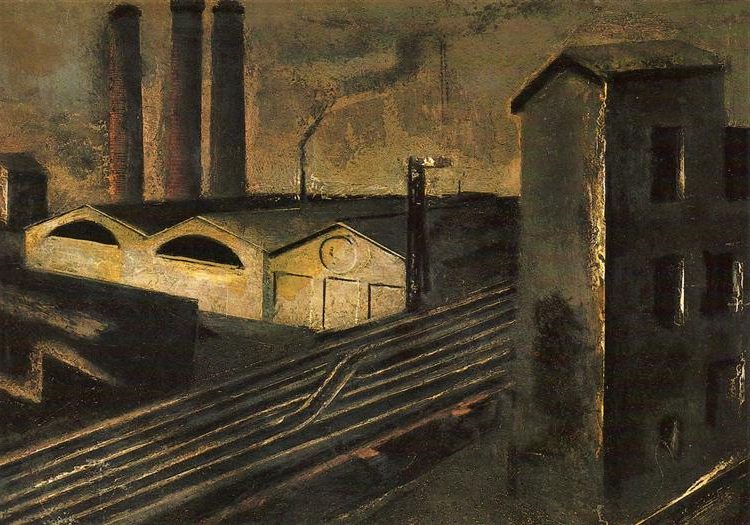
Urban Landscape with Chimneys (1921) by Mario Sironi
Sironi made big, strong figures in his paintings. He also did large murals on buildings. These murals tried to join art and architecture. Sironi thought public art could teach people and make them proud of their country. His work on buildings in Milan and Rome was very important. It changed how people saw art in public spaces.
Criticism and Reception Through the Years
People’s views on Sironi’s art have changed over time. At first, many liked his strong style and big ideas. But some didn’t like that he worked with Italy’s Fascist government.
After World War II, fewer people paid attention to his art. In recent years, more people have started to look at Sironi’s work again. They see his skill as a painter and how he shaped Italian art.
Some still debate his ties to Fascism. But many now focus on his art itself, not his politics. Art experts say Sironi was one of Italy’s most important painters in the 1900s.
Works in Major Galleries and Retrospectives
Sironi’s paintings are in many top museums. The Pinacoteca di Brera in Milan has some of his best works. So does the Galleria Nazionale d’Arte Moderna in Rome. The new Museo del Novecento in Milan shows his art too.
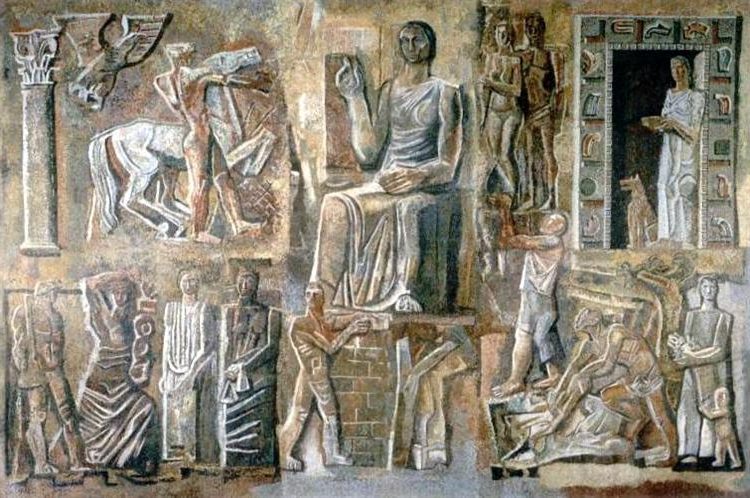
Corporative Italy (La Italia Corporativa) by Mario Sironi
In 2014, a big show of Sironi’s work was held in Rome. It helped more people learn about him. His paintings have also been in shows about Italian art from his time. These shows let people see how Sironi fit with other artists. They show he was a key figure in Italian art history. His work keeps drawing interest from art lovers and experts alike.
Frequently Asked Questions
Mario Sironi was a key figure in 20th century Italian art. He worked in many styles and had a big impact on painting and design.
What is Mario Sironi best known for in the field of painting?
Sironi is known for his somber urban scenes. He painted massive, still forms that showed the harsh mood of cities. His work often had a dark, heavy feel.
How did Mario Sironi contribute to the Futurism art movement?
Sironi was part of the Futurist group early in his career. He made art that showed speed and modern life. But he soon moved away from Futurism to his own style.
Can you describe the characteristics of Sironi’s urban landscapes?
Sironi’s city scenes had big, simple shapes. He used dark colors and rough brushstrokes. The paintings often showed lonely streets or stark buildings.
How did Mario Sironi’s work evolve throughout his career?
Sironi started with Futurism but changed over time. He helped start the Novecento Italiano movement. Later, he made large murals and became more abstract.
What role did politics play in Mario Sironi’s artworks?
Politics was a big part of Sironi’s art. He supported fascism for a while. This showed in his work, which often had themes of power and order.
In what ways did Mario Sironi influence modern Italian art?
Sironi shaped Italian art in many ways. He helped bring back classical ideas in painting. His bold style and use of simple forms inspired other artists.

